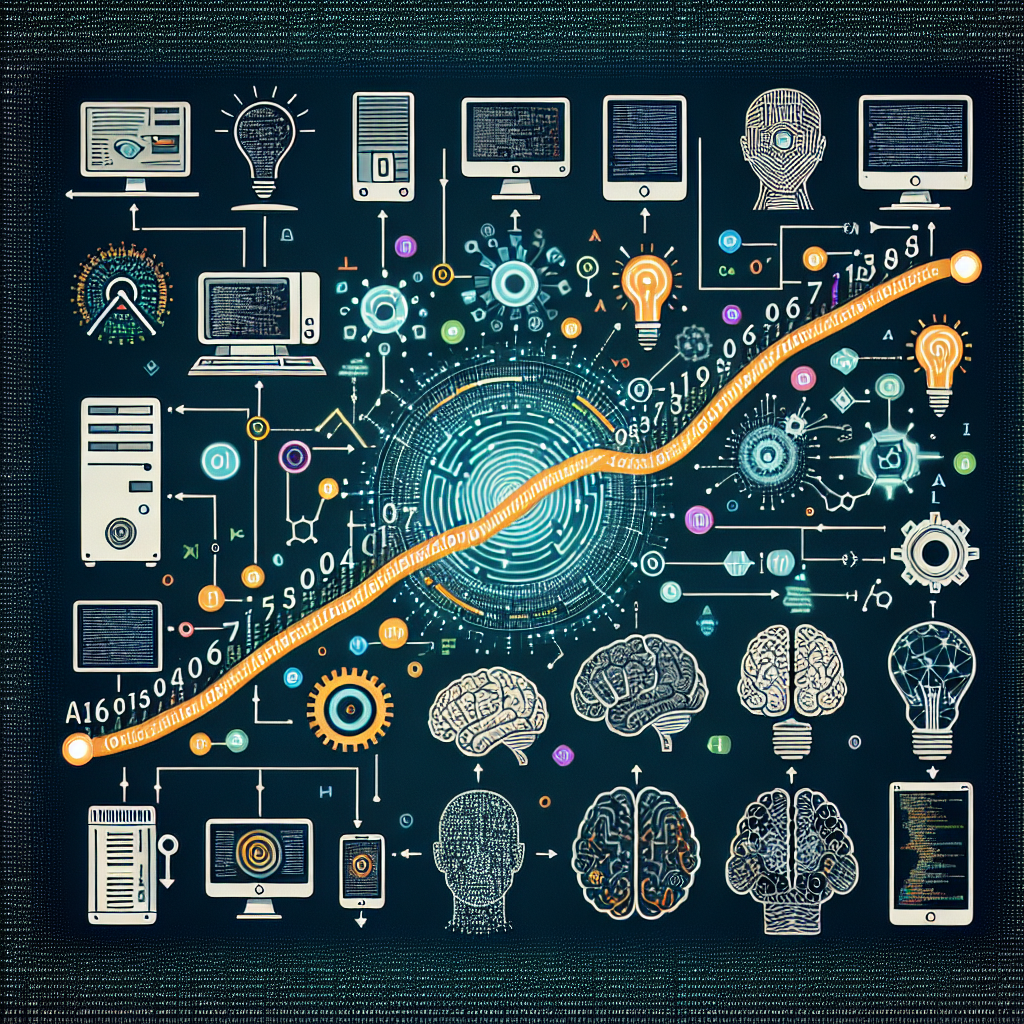Your cart is currently empty!
The Evolution of Generative AI: Trends and Future Developments

Generative AI, also known as generative adversarial networks (GANs), has been making waves in the field of artificial intelligence in recent years. This technology has the ability to generate realistic images, videos, and even audio that mimic human creativity. The evolution of generative AI has been swift and impressive, with numerous advancements and developments being made in a short period of time.
One of the key trends in the evolution of generative AI is the increasing complexity and realism of the generated content. In the early days of GANs, the images and videos produced were often blurry and distorted. However, with advancements in algorithms and computing power, generative AI can now create images that are indistinguishable from real photographs. This has led to a surge in applications across various industries, from creating lifelike characters in video games to generating realistic product images for e-commerce websites.
Another trend in the evolution of generative AI is the focus on diversity and novelty in generated content. Early GAN models tended to produce similar images based on the training data they were fed. However, researchers have been working on developing techniques to encourage diversity and creativity in the generated content. This has led to the creation of models that can generate a wide range of unique and original images, videos, and music.
One of the most exciting developments in generative AI is the ability to generate text and language-based content. Researchers have developed models that can write realistic-sounding articles, stories, and even poems. This has significant implications for content creation and storytelling, as well as for applications in natural language processing and conversational AI.
Looking ahead, the future of generative AI holds even more promise. Researchers are working on developing models that can generate content in multiple modalities, such as images and text, or images and audio. This could lead to even more realistic and immersive virtual experiences, as well as new applications in fields such as virtual reality and augmented reality.
Overall, the evolution of generative AI has been rapid and exciting, with advancements in realism, diversity, and creativity. The future of this technology looks bright, with endless possibilities for applications across a wide range of industries. As researchers continue to push the boundaries of what is possible with generative AI, we can expect to see even more impressive developments in the years to come.

Leave a Reply